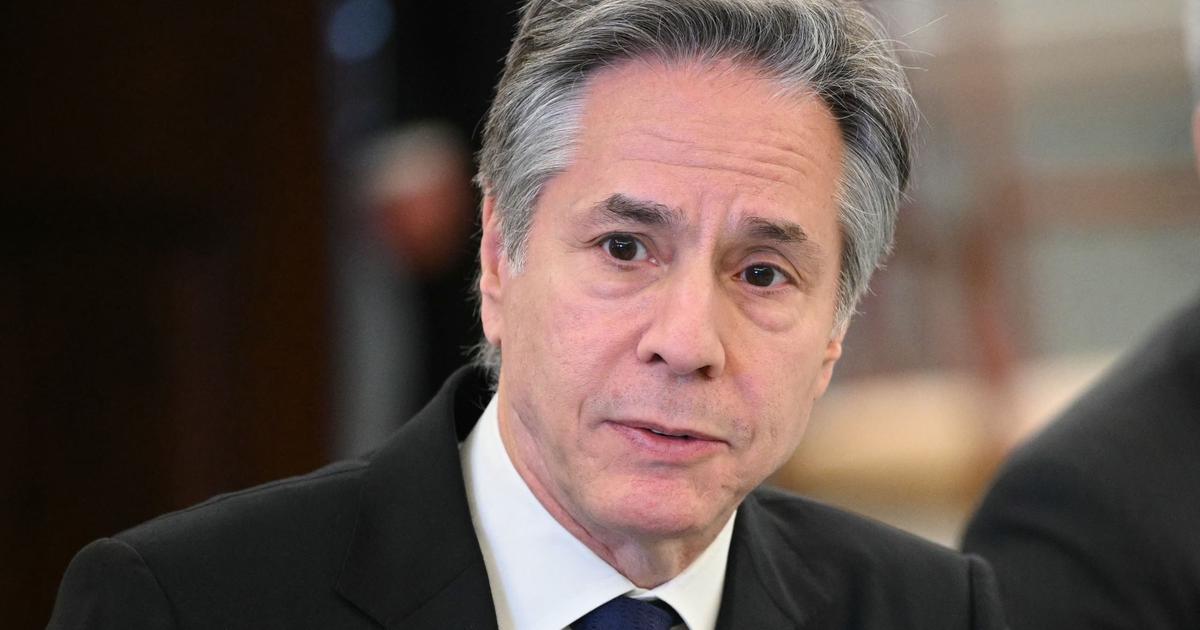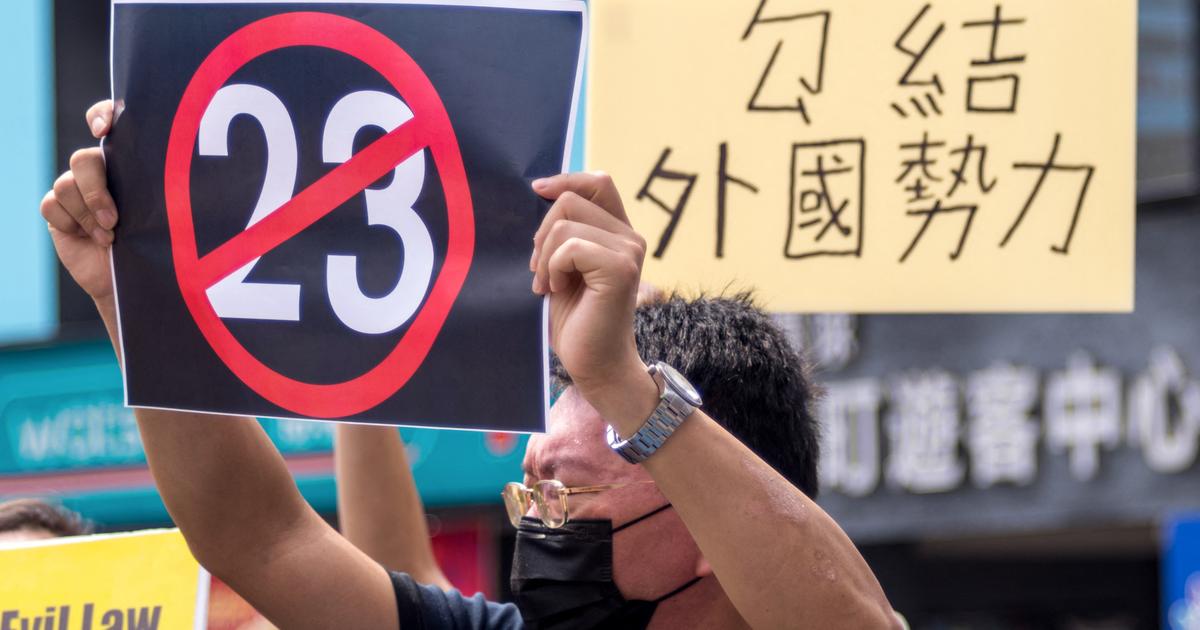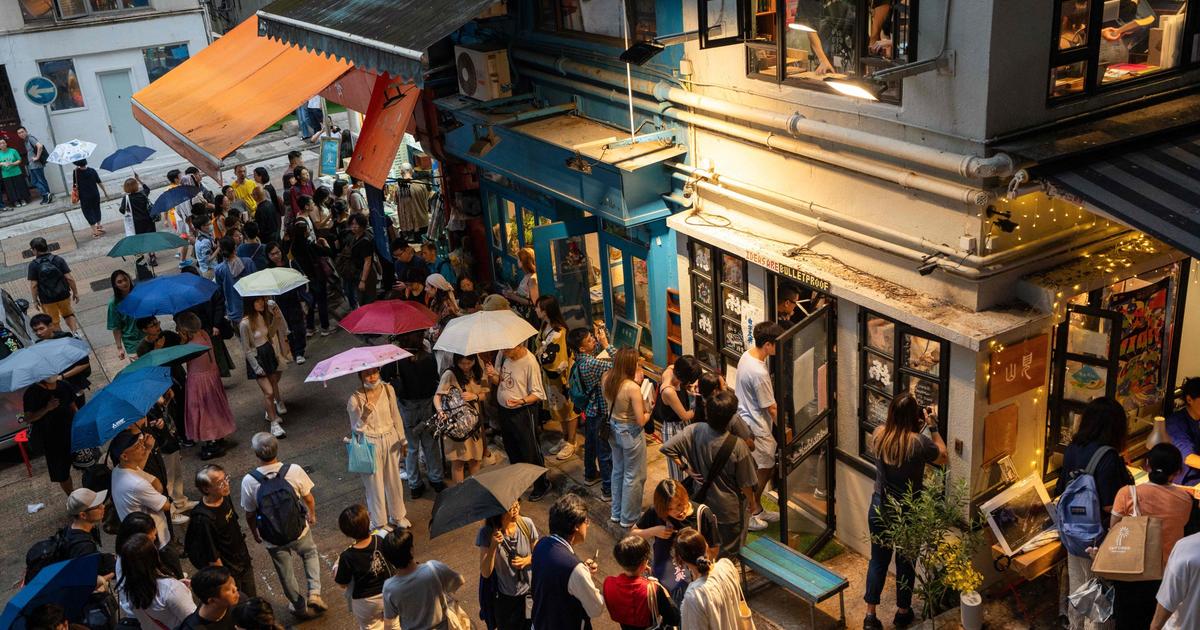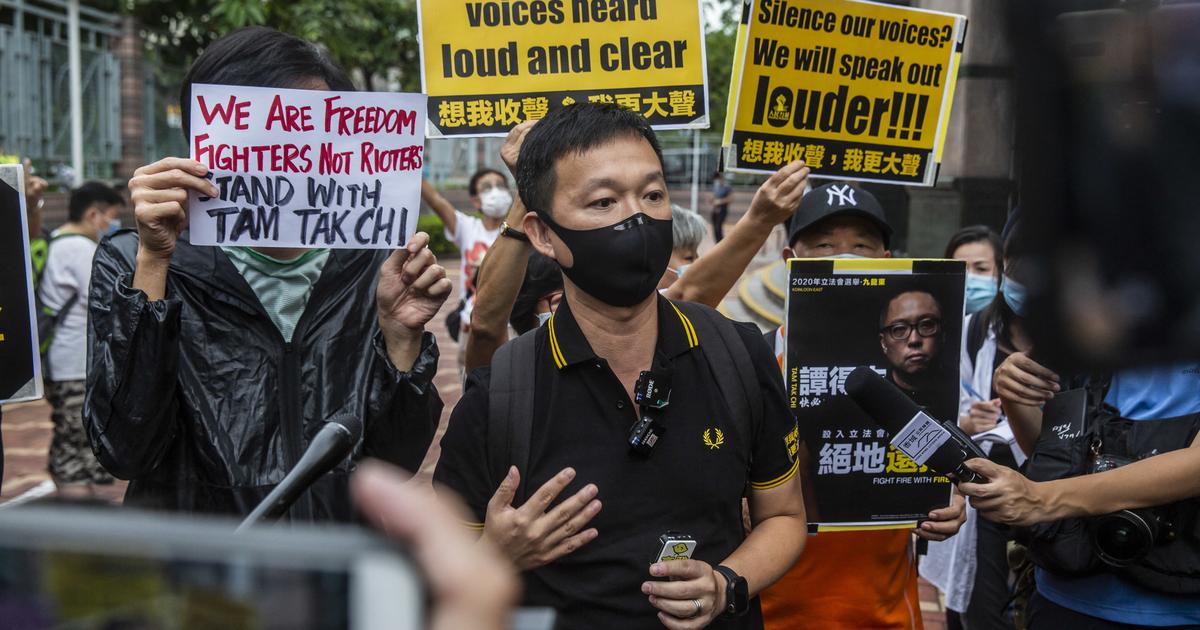The Hong Kong Palace Museum opened today (22nd) and will officially open to the public on the 2nd of next month.
"Hong Kong 01" was invited to be the first to preview, and to directly examine nearly 1,000 national treasures borrowed from the Forbidden City in Beijing, including Wang Xizhi's "Running Script After Rain" (a copy of Song Lin) and Mi Fu's "Running Script Studying Mountain Inscriptions", which were only displayed for one month. You can also observe the emperor's "dragon robe" and seals up close; there are as many as 53 interactive multimedia experiences in the museum, including the ability to "punch in" the face of the emperor and empress and walk into Qianlong while lying on the "dragon bed" Dreaming, lead the audience to travel through ancient and modern times, and explore the origins of five thousand years of civilization.
The audience can observe the men's dragon robes with golden dragon patterns with colorful clouds and bats in the Qing Dynasty at close range. Wang Yiyou, deputy director of the Hong Kong Palace Museum, said that the drapery on the dragon robes has signs of wear and tear, and it is believed that Qianlong once wore it.
(Photo by Luo Junhao)
▼Sneak Peek at the Opening of the Forbidden City in Hong Kong ▼
+16
+10
In this opening exhibition, a total of 914 cultural relics on loan from the Palace Museum in Beijing are on display, covering paintings, bronzes, ceramics, gold and silver, enamels, jades, seals and other collections, spanning 5,000 years of Chinese civilization, of which 166 are first-class " "National Treasures", accounting for 18% of the total number of exhibits, and distributed in the seven exhibition halls of the museum.
Traveling through it, you can enjoy the imperial style presented by the ancient buildings and cultural relics of the Forbidden City, and you can also enter the perspective of court life in the Qing Dynasty and experience the daily life of Qianlong and his concubines.
The Hong Kong Palace Museum tickets are divided into two levels, including standard tickets (50 yuan) and special exhibition tickets (120 yuan). Collection of Paintings and Calligraphy of Jin, Tang, Song and Yuan Dynasties” (Hall 8), and “Ride the World: Horse Culture and Art” (Hall 9).
"Treasures of the Country" brings together 30 classic calligraphy and painting masterpieces dating back to the Tang and Song dynasties. It is divided into three phases, and all of them are displayed for only one month. The first series include Wang Xizhi's "Running Calligraphy After the Rain" (Song copy), Zhao Fu's "Jiangshan Wanli" "Illustration" and Mi Fu's "Inscriptions on Mountains in Running Script", among which "Inscriptions on Mountains in Running Script" is more meaningful. In modern times, it was sent to Japan. It was successfully bid by the State Administration of Cultural Heritage in 2002 for 29.99 million yuan. It was exhibited abroad for the first time.
As for Gu Kaizhi's "Luo Shen Fu Tu" (a copy of the Northern Song Dynasty), which was once collected by Qianlong in the imperial study, and Zhao Boju's "Autumn Colors of Jiangshan Mountains", which is famous for his green landscape style (biography), will be unveiled in the second issue (starting from August 3).
Wang Xizhi's "Running Script After Rain" (Song copy) is a first-class "national treasure". The curator in charge said that to this day, Wang Xizhi's original work no longer exists, and the copy is also very precious.
(Photo by Luo Junhao)
"Riding the World: Horse Culture and Art" features more than 100 treasures of horse culture and art from the Forbidden City in Beijing, including "The Emperor Qianlong's Armor Riding a Horse" and "Lion Jade" by the court painter Lang Shining of the Qing Dynasty, and 13 pieces from France The world art collection of the Louvre.
Other striking exhibits include the innocence of the jade plate with dragons and the "Treasure of the Order of the Qing Dynasty" (Exhibition Hall 1), where the audience can see the imperial seal, which shows the authority of the emperor, and the dragon robes that Qianlong participated in the celebration (Exhibition Hall 2). It was only three months old; the white-glazed baby pillow from the Dingyao kiln of the Northern Song Dynasty, which was very dear to the Qianlong Emperor, can be seen in "Concrete as a Ware: Ceramics Collected by the Palace Museum" in Exhibition Hall 3.
The portrait of Queen Xiaoqinxian's court dress was exhibited for the first time in the Forbidden City (Exhibition Hall 4). It is a rare and authentic first draft of a court portrait.
The Qianlong-style stained glass swirl bottle with spiral pattern (showroom 5) was specially ordered by contemporary craftsmen according to Qianlong's instructions. Its modern shape can be described as the ancestor of modern red, white and blue.
The eye-catching exhibits include the innocuous jade plate "Treasure of the Order of the Qing Dynasty" (Hall 1), where the audience can see the treasure seal of the country, which shows the authority of the emperor.
(Photo by Luo Junhao)
The special exhibition in Hall 8 will display Mi Fu's "Inscriptions on Mountains in Running Script". The large characters in running script are rarely handed down, and together with Su Shi, Huang Tingjian and Ye Xiang, they are collectively known as the "Four Masters of the Song Dynasty".
"Inscriptions on Mountains in Running Script" has been circulated among the people since the Qing Dynasty. It did not enter the Qing Dynasty. In modern times, it was exiled to Japan. It was successfully purchased by the State Administration of Cultural Heritage in 2002 for 29.99 million yuan. This is the first time it has been exhibited overseas. out.
(Photo by Luo Junhao)
The Qianlong-style stained glass swirl bottle with spiral pattern (showroom 5) was specially ordered by contemporary craftsmen according to Qianlong's instructions. Its modern shape can be described as the ancestor of modern red, white and blue.
(Photo by Luo Junhao)
In addition to the static viewing of the exhibition, there are also interactive and playful interactive experiences. There are multiple multimedia art installations in the museum, including the "Dragon and Phoenix - Statues of Emperors and Empresses of the Qing Dynasty" in Exhibition Hall 4, which uses artistic technology and restoration technology to present traditional The ritual of worshiping ancestors for portraits has an interactive space where audiences can create their own unique faces of emperors and empresses; "One Day in the Forbidden City: Qing Dynasty Court Life" in Exhibition Hall 2 offers an immersive experience of "Tea Banquet Couplet Sentences"; the same exhibition features multimedia The installation "Dreamland" concludes, leading the audience to lie on Qianlong's "dragon bed" and walk into a dreamland to feel the thoughts of his deceased wife.
The exhibition "Rolling the World: Horse Culture and Art" in Hall 9 presents the audience with a "romantic imagination".
Standing in the exhibition hall, looking up, you can see four groups of vivid Pegasus flying horses hanging on the screen in mid-air at different angles. The audience can also communicate and interact with the horses through the induction device, and start a dialogue between people and horses in the living history.
The exhibition "Rolling the World: Horse Culture and Art" in Hall 9 presents the audience with a "romantic imagination".
Standing in the exhibition hall, looking up, you can see four groups of vivid Pegasus flying horses hanging on the screen in mid-air at different angles.
(Photo by Luo Junhao)
The Hong Kong Palace Museum is closed on Tuesdays. The standard admission fee for adults is 50 yuan. If you want to visit special exhibitions at the same time, the fee is 120 yuan. Children aged 7 to 11, full-time students, senior citizens aged 60 or above, people with disabilities and CSSA recipients 50% off.
In the first year of the opening, free admission is available on Wednesdays by online reservation, except for special exhibitions, which are fully booked on Wednesdays of the first month.
For security reasons, when entering the museum, a security check is required.
▼The Hong Kong Palace Museum is about to open, take the lead in previewing many first-class ceramics "national treasures"▼
+3
▼June 7th.
The West Kowloon Cultural District announced the opening of the Hong Kong Palace Museum on July 2▼
+13
▼The Hong Kong Palace Museum opens on July 2 and will see some national first-class cultural relics and treasures▼
+20
▼The Chief Executive Officer of the West Kowloon Cultural District Authority, Feng Cheng Shuyi, was interviewed▼
+1
The opening of the Hong Kong Forbidden City|The exhibition hall invites local artists to reinterpret the collection, which can be touched in the dark : Adhere to the correct opening of the Hong Kong Palace Museum that year. 40,000 tickets were sold or booked on the first day. All Wednesdays in July are free tickets for the Hong Kong Palace Museum opening | Self-financing tickets are difficult to free for free. On Tuesday, Wang Xizhi's Traveling Books and Posts After Rain, Song Huizong's masterpiece The Palace Museum held its opening ceremony on the 22nd. Lin Zheng: Promise that the central government will tell the story of China


/cloudfront-eu-central-1.images.arcpublishing.com/prisa/3I74UEXLYRBBRPGPSGWNN6WXH4.jpg)




